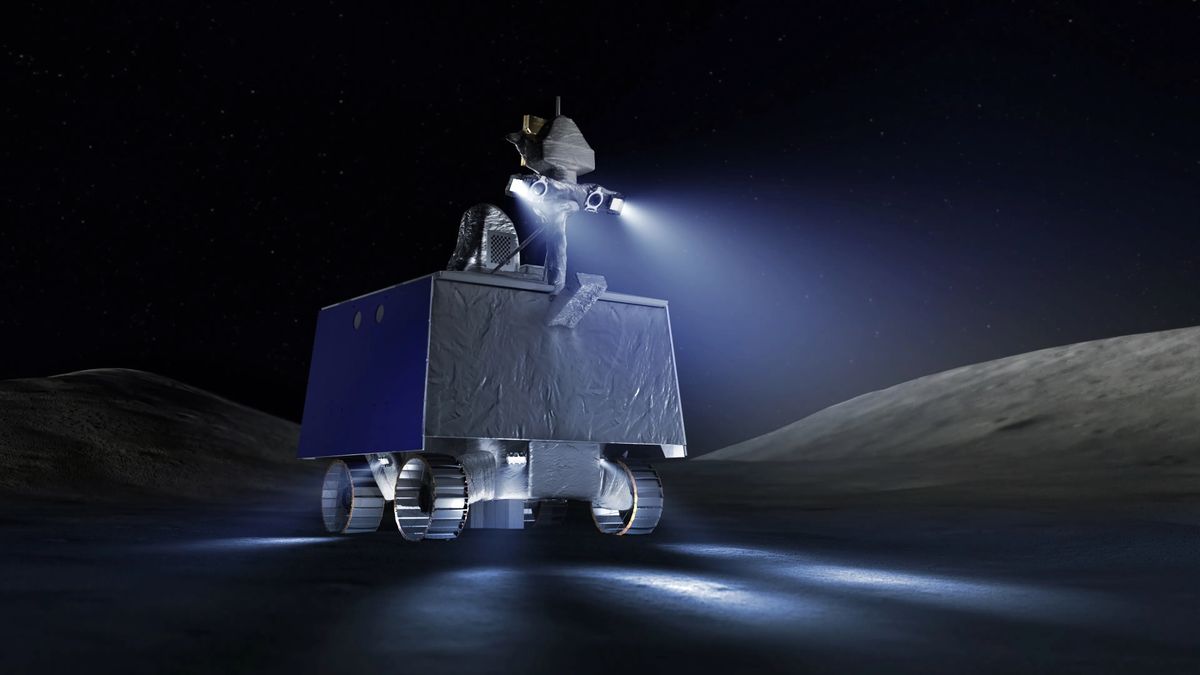
In an unprecedented move that has sent shockwaves through the scientific community, NASA has terminated its $450 million Volatiles Investigating Polar Exploration Rover (VIPER) project. This decision marks a significant turning point for lunar exploration efforts and raises concerns about the future of space science funding and priorities.
Who, What, When, Where, and Why: The Basics of the VIPER Cancellation
- Who: NASA, in collaboration with various commercial and international partners, had been developing VIPER.
- What: VIPER, a sophisticated rover designed to scout for water and other resources at the Moon’s south pole, has been fully constructed but will now not be deployed.
- When: The cancellation was announced in July 2024, with the mission initially set for a launch that had already been pushed back from 2023 to 2025.
- Where: The rover was to explore the permanently shadowed craters of the Moon’s south pole.
- Why: NASA cited rising costs and budget constraints, compounded by delays and the broader financial environment of space funding.
The Scientific Significance of VIPER
VIPER was not just another space mission; it was set to be a pioneering project for in-situ resource utilization, crucial for future manned missions. The rover would have mapped water ice and other volatiles, using an array of scientific instruments including a 1-meter drill to collect subsurface samples. Such data are vital for the sustainability of long-term human presence on the Moon and for understanding lunar geology.
Community Reaction and Further Complications
The abrupt termination has sparked an outcry among scientists and space enthusiasts. Many see this as a short-sighted decision that undermines scientific progress and mars NASA’s reputation for leading edge space exploration. The cancellation is feared to be a harbinger of further cuts to other ambitious NASA programs, like the Artemis crewed missions and the CLPS (Commercial Lunar Payload Services) initiatives. The scientific community, spearheaded by entities like The Planetary Society, has rallied to petition Congress to reconsider the decision, emphasizing VIPER’s crucial role in future lunar exploration.
Economic and Operational Factors
The decision to cancel VIPER, despite its near readiness—having completed construction and preliminary testing—was influenced by a need to cut immediate costs. NASA projected saving approximately $84 million by not proceeding with the mission, which also faced scheduling risks due to dependent launch and landing platforms potentially not being ready until late 2025 or beyond.
What Now? Alternatives and Adjustments
In place of VIPER, NASA will maintain its contract with Astrobotic to use the Griffin lander for other payloads. This adjustment allows NASA to still pursue some lunar objectives but shifts the focus away from the specific scientific goals VIPER would have addressed. Additionally, there are discussions about possibly leveraging VIPER’s developed technology in future missions or through international partnerships, ensuring that the investments made could still yield some benefits.
NASA’s cancellation of VIPER underscores the complex interplay of science, economics, and policy in modern space exploration. While budget constraints and strategic shifts are realities for any space agency, the broader implications of such decisions on scientific discovery, international collaboration, and public perception of space priorities warrant a thoughtful reassessment. The VIPER mission’s cancellation serves as a pivotal example of the challenges faced in balancing immediate fiscal responsibilities with long-term scientific and exploratory goals.